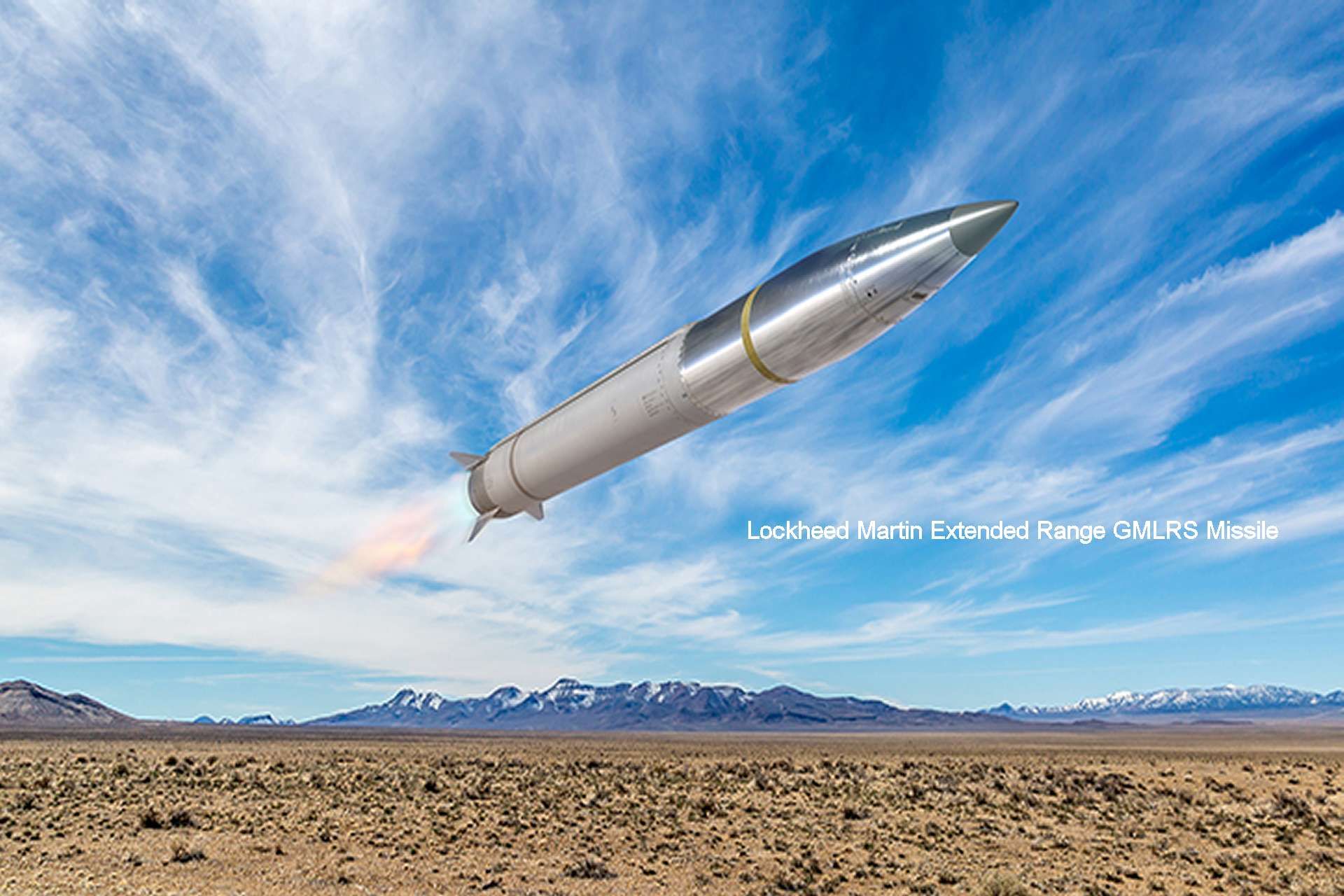Breaking News
US DoD and Lockheed Martin Confirm Contract Modification to Increase Production of Extended Range GMLRS Missiles.
On June 25, 2024, Lockheed Martin confirmed that the recent contract modification announced in May 2024 marks the commencement of production for the Extended Range Guided Multiple Launch Rocket System (ER-GMLRS). This announcement follows the initial budgeting by the U.S. Army for 120 ER-GMLRS AW missiles for fiscal year 2024, although the amended contract allows for the production of up to 240 unspecified units of this type. Furthermore, a plan for 510 ER Unitary missiles has been established for fiscal year 2025.
Follow Army Recognition on Google News at this link

Lockheed martin Extended Range GMLRS Missiles (Picture source: Lockheed Martin)
The contract modification for Lockheed Martin to produce the ER-GMLRS, valued at $332 million and part of a total $5.6 billion agreement including Lots 18 and 19, reflects the ongoing commitment of the U.S. Department of Defense to enhance its long-range artillery capabilities. This expansion of the American military arsenal with precision extended-range weapons is crucial for maintaining a strategic edge over potential adversaries, highlighting the importance of these systems in modern conflicts.
The ER-GMLRS AW (All Weather) represents a significant enhancement of the already effective guided multiple launch rocket system used by the U.S. armed forces and several international allies. This system is designed to offer precision strike capabilities at a range much greater than the standard GMLRS, enabling it to hit targets up to 150 kilometers away with enhanced accuracy, compared to about 70 kilometers for the previous version.
Technically, the ER-GMLRS employs advanced propulsion technology and improved guidance that includes inertial navigation coupled with a global positioning system (GPS), allowing it to strike with precision even in adverse weather conditions. This all-weather capability enhances its battlefield value, providing ground forces with increased flexibility and the ability to strike strategic targets from a safe distance.
The ERG missile system represents a significant advancement in precision strike technology. This system incorporates a rocket motor with an increased diameter for insensitive munitions and modified tail fins with a control actuation system, offering a series of significant improvements over previous versions.
The ERG allows for doubling the range of the standard GMLRS, utilizing existing unitary and AW (All Weather) warheads from current GMLRS productions. A Side Mounted Proximity Sensor (SPMS) is also included, and space is reserved for future growth objectives such as APA 2, allowing for the incorporation of advanced technologies or additional propellants.
The increase in the missile's nose and platform volume enhances magazine depth, thereby preserving limited stocks of ATACMS missiles and future Precision Strike Missiles (PrSM). This increased capacity offers greater flexibility and mission availability for combatant commanders, with a capability of six missiles per pod for the ERG versus one per pod for the ATACMS.
In addition to targeting many objectives previously assigned to the ATACMS, the ERG system also reduces the need for tactical movements by MLRS platoons and batteries to engage distant targets, thus enhancing operational efficiency and reducing exposure to danger.
Tactically, the ER-GMLRS is designed to destroy, neutralize, or suppress targets from secure launch positions behind friendly lines. It is ideal for striking high-value targets, enemy troop concentrations, air defense systems, and enemy missile batteries, particularly in environments where the enemy uses means to disrupt communication and navigation systems.
With the production of the ER-GMLRS underway, Lockheed Martin and the U.S. Army are taking a significant step towards modernizing their strike capabilities and preparing for future challenges on international battlefields.
Drawing on experiences from the war in Ukraine, the introduction of the ER-GMLRS holds particular significance. This conflict has highlighted the need for armed forces to have long-range precision strike capabilities to effectively counter fortified positions, troop gatherings, and heavy equipment without exposing themselves to retaliation. The advanced capabilities of the ER-GMLRS AW could provide Ukrainian forces, or other forces supported by the U.S. in similar conflicts, with a significant tactical advantage by allowing precise strikes on strategic targets at greater distances, while minimizing risks to friendly units and civilians. This development also underscores the evolution of armament system requirements in modern conflicts, where the ability to conduct precise and limited-impact operations is increasingly crucial for mission success and minimizing collateral damage.


























